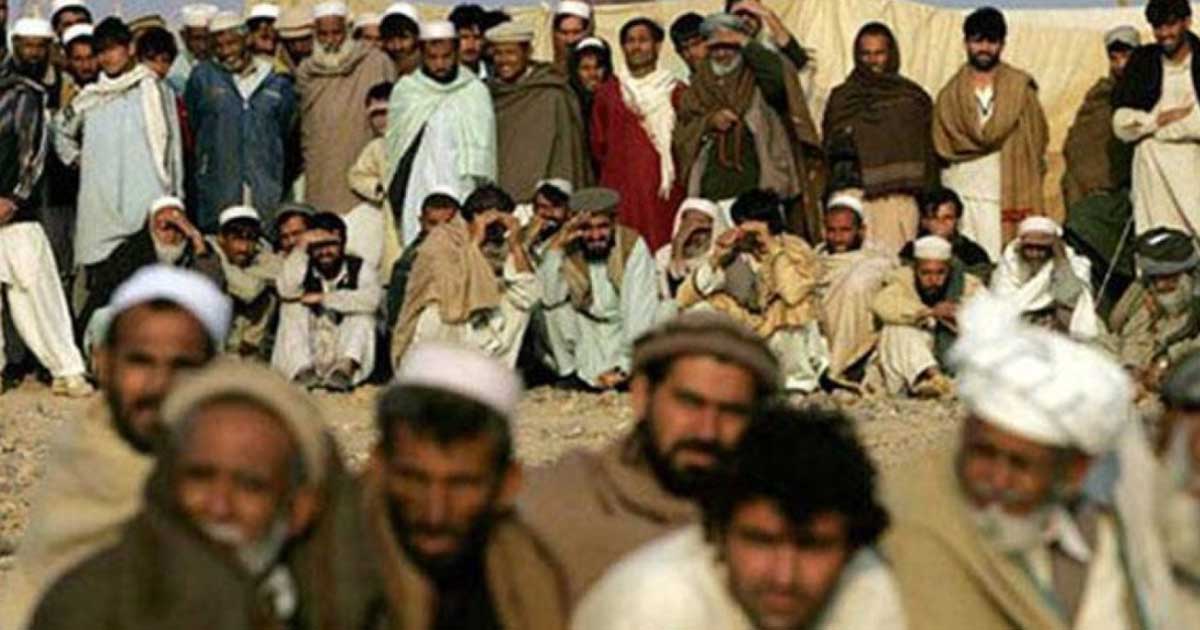June 20 is marked as a world “Refugee Day”. This year, like in the past, the world is going through economic, political and social upheaval. According to the UNHCR “Refugees are people who have fled war, violence, conflict or persecution and have crossed an international border to find safety in another country.” The soaring price of commodities is making it hard for people to survive during this global downturn, however, displaced people suffer the most. In August 2021, the government in Afghanistan collapsed. Taliban grasped the helm of state affairs as U.S. troops withdrew after mission creep. Many feared violence and persecution under the new regime. Hence, this emanated a fresh wave of displacement due to conflict and violence. Some were displaced internally, while others fled to adjacent and non-adjacent countries.
Pakistan is one of the largest refugee-hosting countries. According to UNHCR, Pakistan hosts approximately three million Afghan refugees, including 1.4 million with (POR) cards, some 800,000 with Afghan Citizen Card (ACC) and around 775,000 undocumented Afghans. As the crisis escalated, it was estimated as many as 700,000 refugees would enter Pakistan. The potential cost to set up camps and ways to track and feed them was estimated to be $2.2 billion. Refugees face a range of challenges such as access to non-food items, shelter, health, education and livelihood, etc.
Read more: Pakistan calls for relaxing sanctions on Afghanistan
Understanding the matter better
In addition, one key challenge refugees face is the identity document as lacking it makes inconvenient conditions even worse, even after repatriation. It may deprive them of accessing basic services such as health, education, and banking and at times they are unable to cross borders. The chances of not possessing identity documents are very high as even grabbing life essentials amidst exodus comes short, due to the looming trauma of conflict and violence.
In Pakistan, the Ministry of States and Frontier Regions (SAFRON), the Chief Commissioner for Afghan Refugees (CAAR) and UNHCR with the technical assistance of the National Database and Registration Authority (NADRA) concluded the Document Renewal and Information Verification Exercise (DRIVE) in February 2022. The process of registration was first initiated in 2006-07, with the issuance of Proof of Registration (PoR) cards, with verification after two years along with the issuance of new cards to erstwhile unregistered refugees.
Read more: Is Russia recognizing Taliban setup in Afghanistan?
The new smartcards are secured, comprising biodata, valid until 30 June 2023. Moreover, in case of any misinformation, the person shall be tried under domestic law. During DRIVE, the data of 1.25 million Afghan refugees were updated. It included 200,000 children under the age of five registered by refugee parents. The number of newly issued cards reached 700,000. The new smartcards provide better access to services such as health, education and banking systems.
These refugees are scattered all over Pakistan in different refugee villages
Some 31 percent live in refugee villages, and about 70 percent live in urban and rural areas, alongside the host communities. According to the International Organization of Migration (IOM), 16 on average, 20 percent of the Afghans possessing an Afghan Citizen Card (ACC) in Pakistan live in refugee villages, 31 percent have temporary, and 52 percent live on less than the minimum wage with an average family size of six.
Since January 2021, it is estimated that 117,550 Afghan Refugees have arrived in Pakistan. The provinces of Balochistan and Khyber Pakhtunkhwa host the vast majority (81 percent) of the existing Afghan population in the country. According to the Pakistan Poverty Alleviation Fund, more than half of the refugees are in the category of extremely poor. Of all the registered refugees, some 54 percent are children and 22 percent are women, while 15 per cent are people with disabilities.
The key challenge of the new arrivals pertains to access to shelter, livelihood, food, medical assistance and education. But pertinent is to answer, for how long Afghan people will suffer displacements and what is the durable solution?
Read more: Pakistan’s endeavors to avert humanitarian crisis in Afghanistan
This comes with the caveat of peace and stability in Afghanistan, a condition under observation by the international community prior to granting recognition to de facto political dispensation. The durable solution is repatriation to the country of origin. From 2002 to 2021, almost 4.4 million Afghan refugees have voluntarily repatriated to Afghanistan, facilitated by UNHCR. However, the process of repatriation was slowed down in 2021 due COVID-19 pandemic followed by the political crises in Afghanistan.
The sense of relief for a refugee is in repatriation to the country of origin
But as long as the future of Afghanistan remains bleak, a durable solution that is repatriation seems unachievable. Therefore, the Taliban in Afghanistan and the International community without any delay should initiate confidence building measures with the assurance to adhere to the agreed principles.
One key challenge remains identification of areas to reach consensus rather than confrontation. As protracted crises will make life miserable for the Afghan people, sending shockwaves in the region and affecting peace & stability. Moreover, the tremor of the current global tumult is beyond the fortitude of a refugee.
The writer is currently working as an intern at Friedrich Ebert Stiftung(FES)-Pakistan Office. The views expressed in the article are the author’s own and do not necessarily reflect the editorial policy of Global Village Space.














